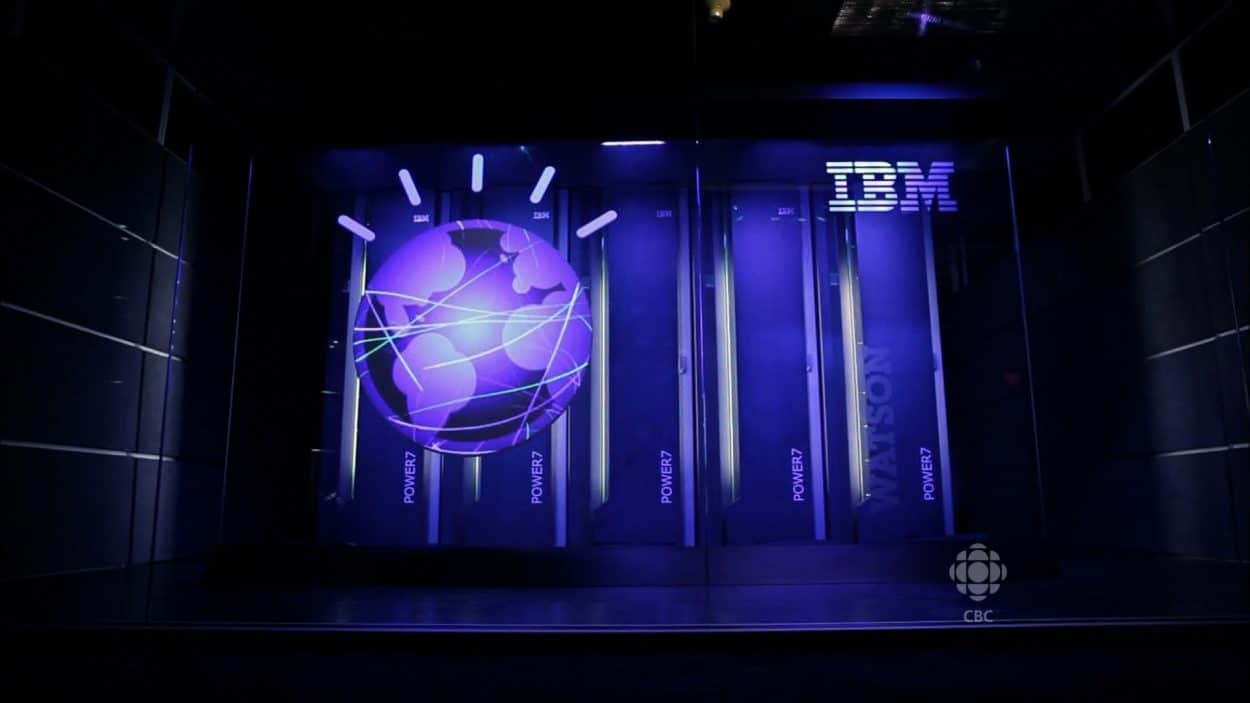It’s impossible to talk about artificial intelligence without mentioning IBM’s Watson. A pioneer in cognitive computing, the American computer giant has found multiple health applications for Watson. Pascal Sempé, senior sales consultant for Watson Health Solutions in France, explained how Watson functions and what’s at stake.
ME e-mag: Could Watson ever replace doctors?
Pascal Sempé: Watson is a tool that helps the doctor, certainly not one that tells the doctor what to do. Using Watson doesn’t mean the doctor won’t examine patients or ask questions. Face to face with the patient, the doctor can detect things that the system cannot. So, saying that Watson will replace doctors is a sacrilege. The big advantage an intelligent machine has over a person is that it can memorize enormous quantities of information and never forgets anything. But the system cranks out an analysis originally supplied by the doctor. The system informs the doctor of different options, but in the end, it’s the doctor who decides what to do. It’s not a substitute for the doctor-patient relationship.
ME e-mag: When was the Watson project born?
Pascal Sempé: The Watson project took shape in the IBM labs around 2005. The idea was to try to make use of this mass of information that was arriving at an incredible speed, especially with the emergence of social networks. But we wanted to understand it, not just look for ideas in some text or bring up documents, as we’d been doing for several years.
The goal was to create an information system able to absorb something close to natural language, hunt through an enormous, rapidly growing database, and find information and evidence enabling it to supply a relevant response. Something resembling a question-and-answer system. That’s why we chose Jeopardy! to demonstrate the technology’s abilities once it had been sufficiently perfected in 2011. In this well-known American television game show, the meaning of the questions is particularly complex. Watson won, proving that IBM’s system could beat the best past winners in the United States. That was the birth of cognitive computing.
ME e-mag: How and when did IBM Watson enter the health sector?
Pascal Sempé: There were many possible applications for Watson in finance, education, the hotel industry, etc. But health was a particularly promising field. It’s a domain where there’s an enormous amount of knowledge that is evolving rapidly and a great deal of scientific discovery. Everyone knows that doctors have trouble gaining access to this enormous mass of information and keeping up-to-date. Watson entered the health field around 2012-2013. In April 2015, we created a special division—Watson Health.
ME e-mag: How did you train the system?
Pascal Sempé: For the learning phase, we fed in very large amounts of data. We also input different ways to express the same thing and the relationships between concepts. That enabled it to understand, for example, the relationship between a gene mutation and susceptibility to a particular disease. By learning all these ways to articulate a problem, it can interpret meaning even when it isn’t expressed in the same way that it was taught.
We also taught it how that might be expressed in a document and what type of language is used to do so. By learning all these ways to articulate a problem, it can interpret meaning even when it isn’t expressed in the same way that it was taught. It establishes parallels. When Watson recommends therapies, it’s very important for us to record the approach finally chosen by the doctor. The system encourages the incorporation of the doctor’s experience because this information is used to retrain and optimize it. That’s part of Watson’s continuing education.

ME e-mag: What are Watson’s specific health applications?
Pascal Sempé: The initial effort focused on cancer, with platforms to help make therapeutic protocol decisions. The system also can identify ongoing clinical trials for which the patient might be eligible. There are also high hopes in the area of genetics, particularly for cancer, where we will rather systematically analyze tumor biopsies to try to understand which genetic mutations might be at the origins of cancer.
In the broadest sense, of particular interest is the notion of what we call “real-world evidence.” This is the idea that a patient is not an image or a set of clinical data, but an individual with a history and biological parameters that change over time. Thus, it is enormously important to understand the environment in which the patient lives and to evaluate these parameters. For this, data collected from the Internet of Things are capital. We’ve developed partnerships with companies like Apple and Under Armour, a brand of intelligent clothing.
We’ve also partnered with Medtronic in the area of diabetes. Correlating all the data obtained via connected devices, we were able to construct models enabling us to predict risk of hypoglycemia three hours in advance. Finally, in the area of medical imagery, we’ve acquired Merge, which will enable us to “give Watson’s eyes.” IBM research centers have also been working in this domain for several years.











